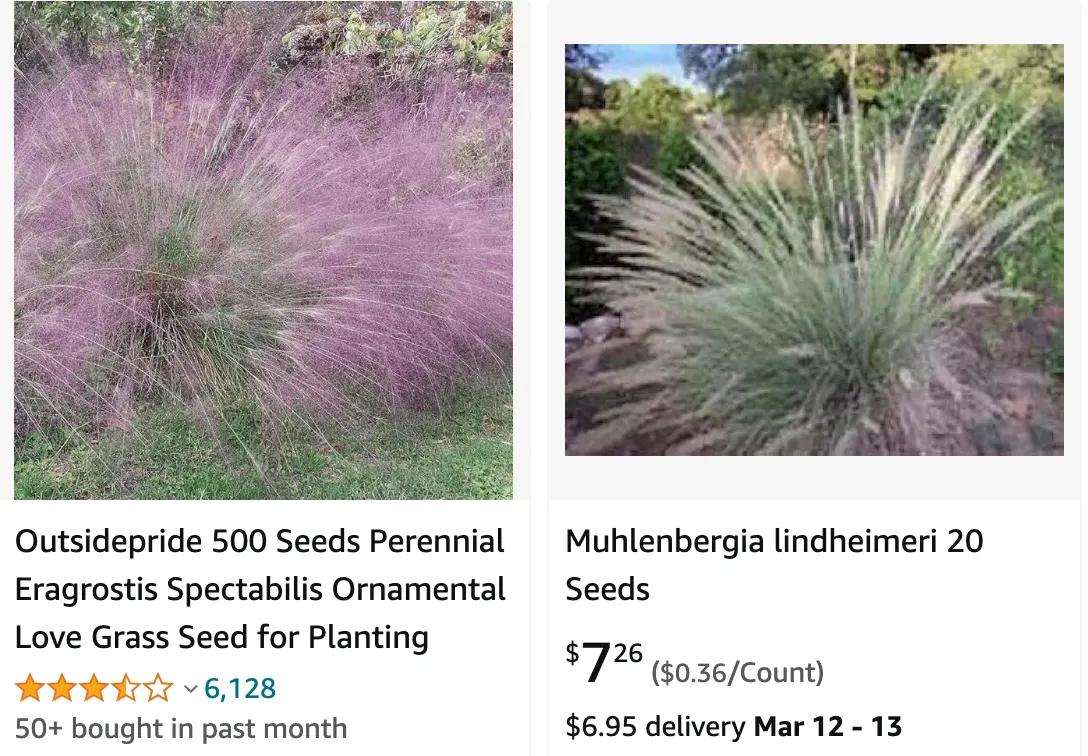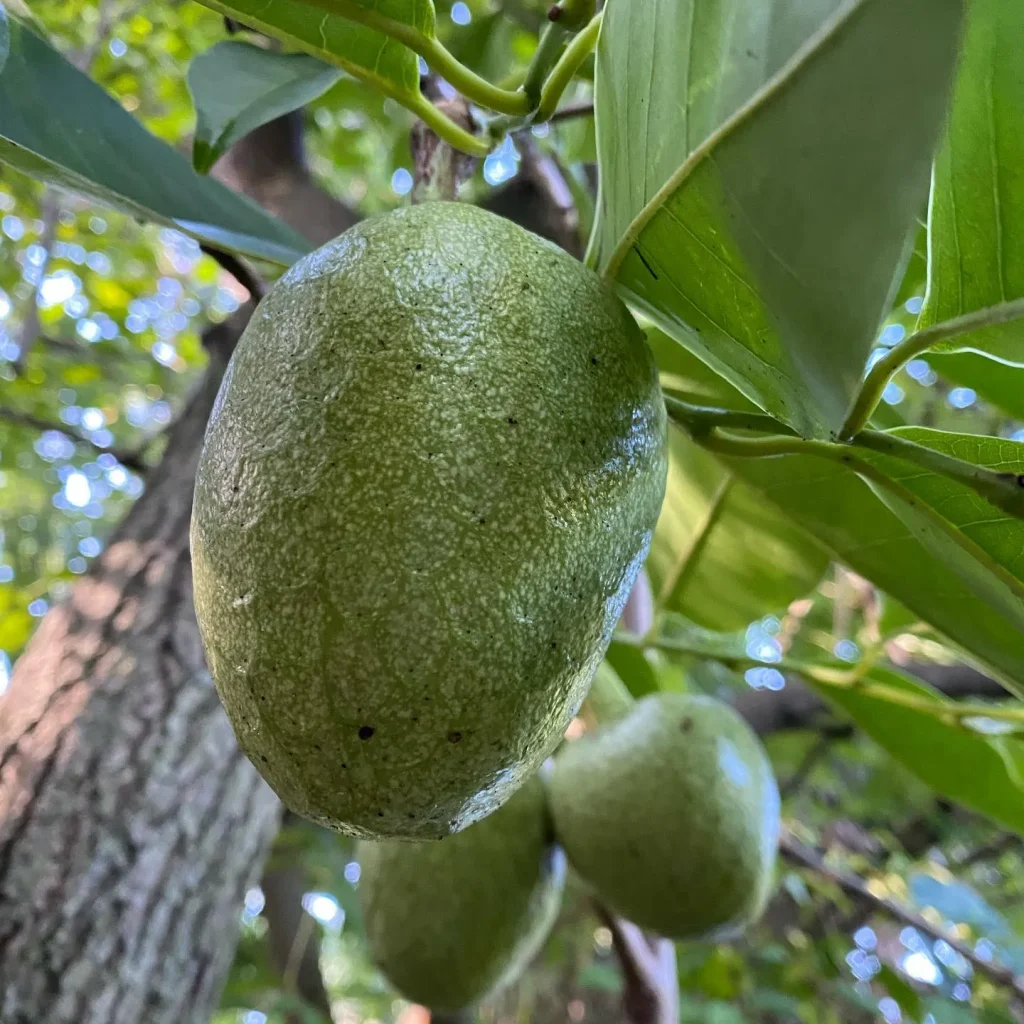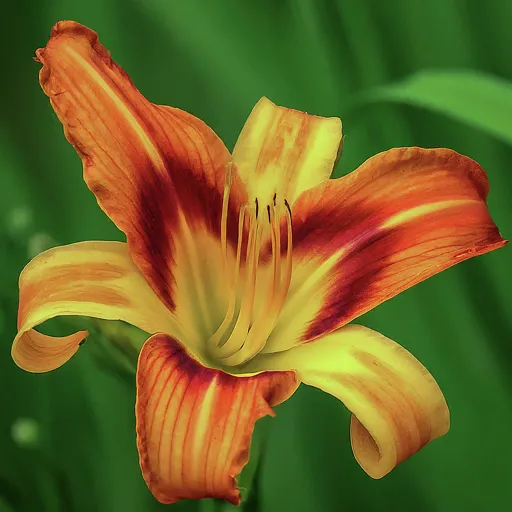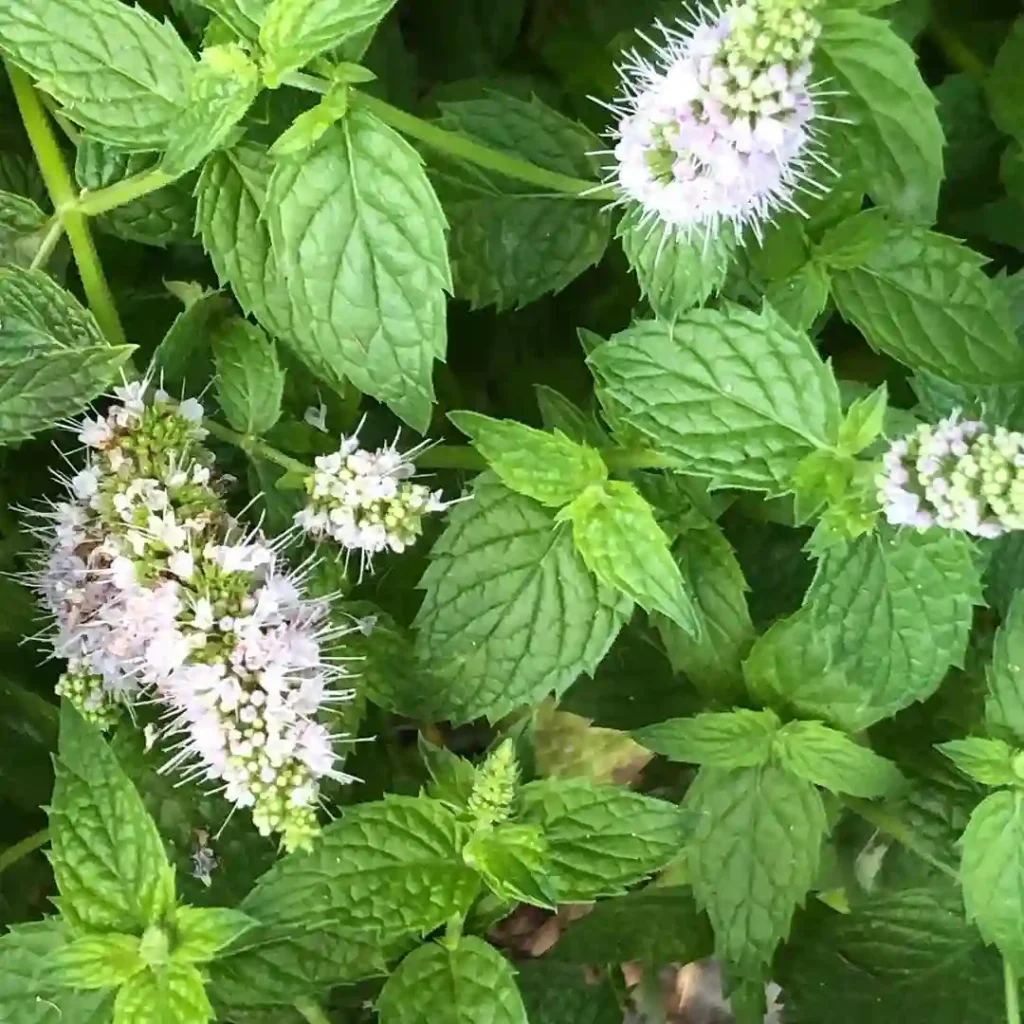
Lindheimer’s Muhly: A Texas Beauty for Your Garden
As a passionate gardener here in my hometown, I’m always on the lookout for plants that add a touch of elegance and low-maintenance charm to my outdoor space. That’s where Lindheimer’s Muhly (Muhlenbergia Lindheimeri) comes in. This captivating ornamental grass, with its graceful form and captivating blooms, has become a superstar in my garden beds.
Since discovering its unique beauty, I’ve delved deeper into the world of Lindheimer’s Muhly, and I’m excited to share my experience with you. In this article, we’ll explore everything you need to know about this fantastic plant, from its characteristics and care requirements to where to find it and what to plant alongside it.
What is Muhlenbergia Lindheimeri?
Native to the Edwards Plateau region of Texas and northern Mexico, Muhlenbergia Lindheimeri – Lindheimer’s Muhly is a captivating bunchgrass that brings a touch of the Southwest to any garden. It forms an upright clump with wispy, blue-gray foliage that provides year-round interest. But the real showstopper is the flower display. In late summer and fall, the plant produces airy, pinkish-purple blooms that rise above the foliage like delicate clouds. These feathery plumes catch the breeze beautifully, adding a touch of movement and whimsy to the garden.
How to Care for Lindheimer’s Muhly?
The beauty of Lindheimer’s Muhly lies not just in its aesthetics but also in its easygoing nature. This low-maintenance plant thrives on neglect, making it perfect for busy gardeners like myself. Here’s what you need to know:
- Sunlight: Lindheimer’s Muhly prefers full sun but can tolerate some afternoon shade in hotter climates.
- Soil: Well-drained soil is key. The plant doesn’t tolerate soggy conditions, so amending clay-heavy soils with sand or compost is a good idea.
- Watering: Once established, Lindheimer’s Muhly is quite drought-tolerant. Water deeply during prolonged dry spells, but allow the soil to dry out completely between waterings.
- Fertilizer: This is another area where less is more. Avoid overfertilizing, as it can encourage excessive growth and weaken the plant.
How to Propagate Lindheimer’s Muhly?
If you want to share the beauty of Lindheimer’s Muhly with your friends and family, or simply want to expand your own garden haven, propagation is a breeze. There are two main methods:
- Division: In early spring, before new growth emerges, you can carefully dig up and divide existing clumps. Each division should have several healthy roots and shoots. Replant them in their new location, water them well, and keep the soil moist until they’re established.
- Seeding: Collect seeds from mature flowerheads in late fall. Sow them directly outdoors in a prepared seedbed in the fall or early spring. Keep the soil moist and weed-free until germination occurs. Seedlings will take a while to mature, so be patient!
What to Plant with Lindheimer’s Muhly?
Lindheimer’s Muhly adds texture and movement to any garden bed. Here are some ideas for companion plants:
- Perennials: Salvias with their vibrant blooms, coneflowers in shades of purple and pink, or coreopsis with their cheerful yellow flowers all create a stunning combination with the Muhly’s soft hues.
- Shrubs: Low-growing shrubs like butterfly bushes or Texas sage provide a backdrop for the Muhly’s delicate form, attracting pollinators as well.
- Other Grasses: Combine Lindheimer’s Muhly with ornamental grasses like feather reed grass or blue grama grass for a textural feast for the eyes.
Where to Buy Lindheimer’s Muhly?
Finding Lindheimer’s Muhly can be as easy or challenging as your local gardening scene allows. Here are some tips for acquiring this Texas treasure:
- Local nurseries: Many nurseries, especially those specializing in native plants, will carry Lindheimer’s Muhly.
- Online retailers: Several online plant retailers offer Muhly for purchase, often with different varieties and sizes to choose from.
- Plant swaps: If you’re lucky enough to have an active gardening community in your area, plant swaps can be a great way to score a Muhly from a fellow enthusiast.
With its captivating looks and easygoing nature, Lindheimer’s Muhly is a true gem for any garden. So, why not add a touch of Texas charm to your own outdoor space? With a little planning and care, you can enjoy the beauty of this remarkable plant for years to come.




